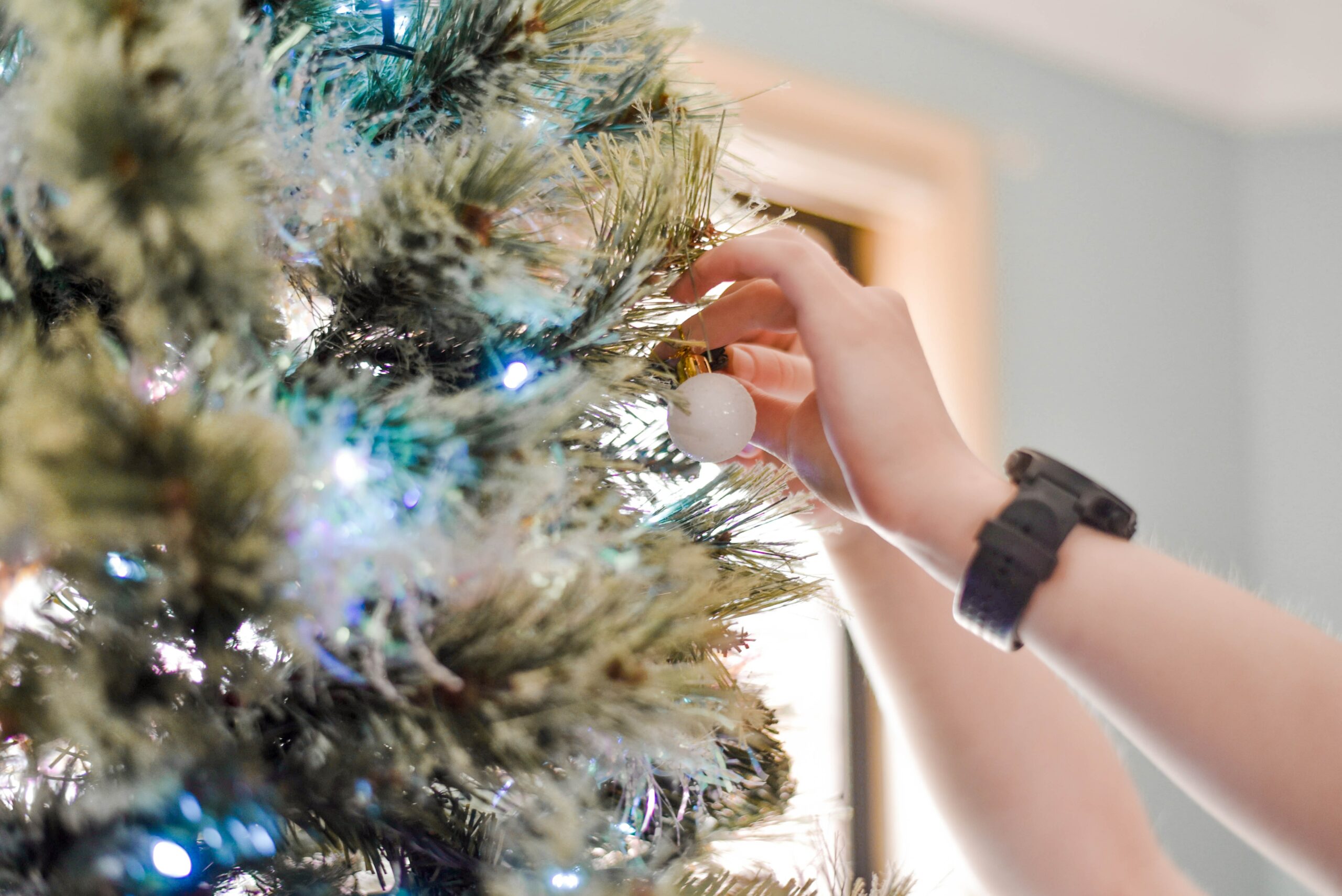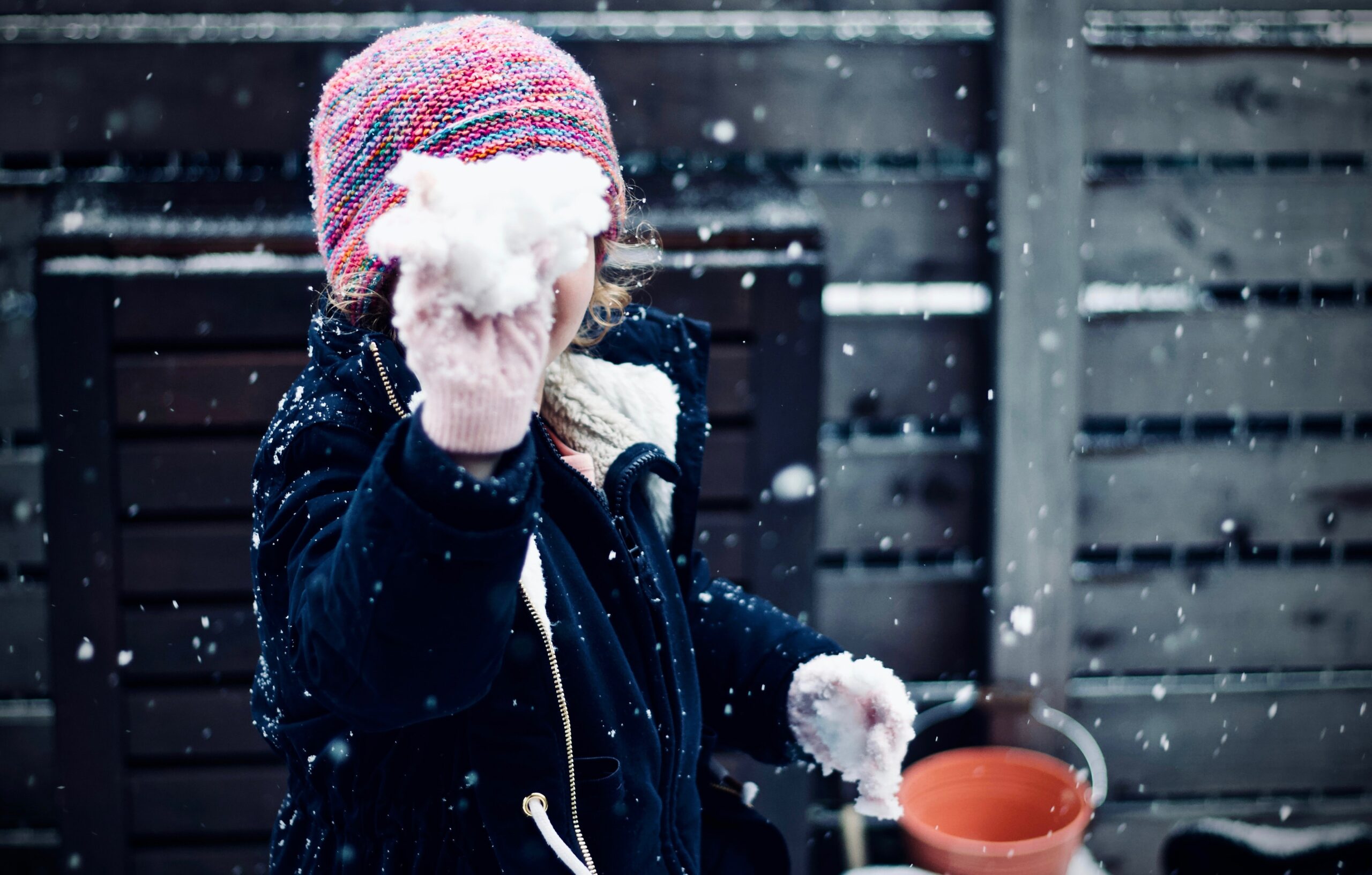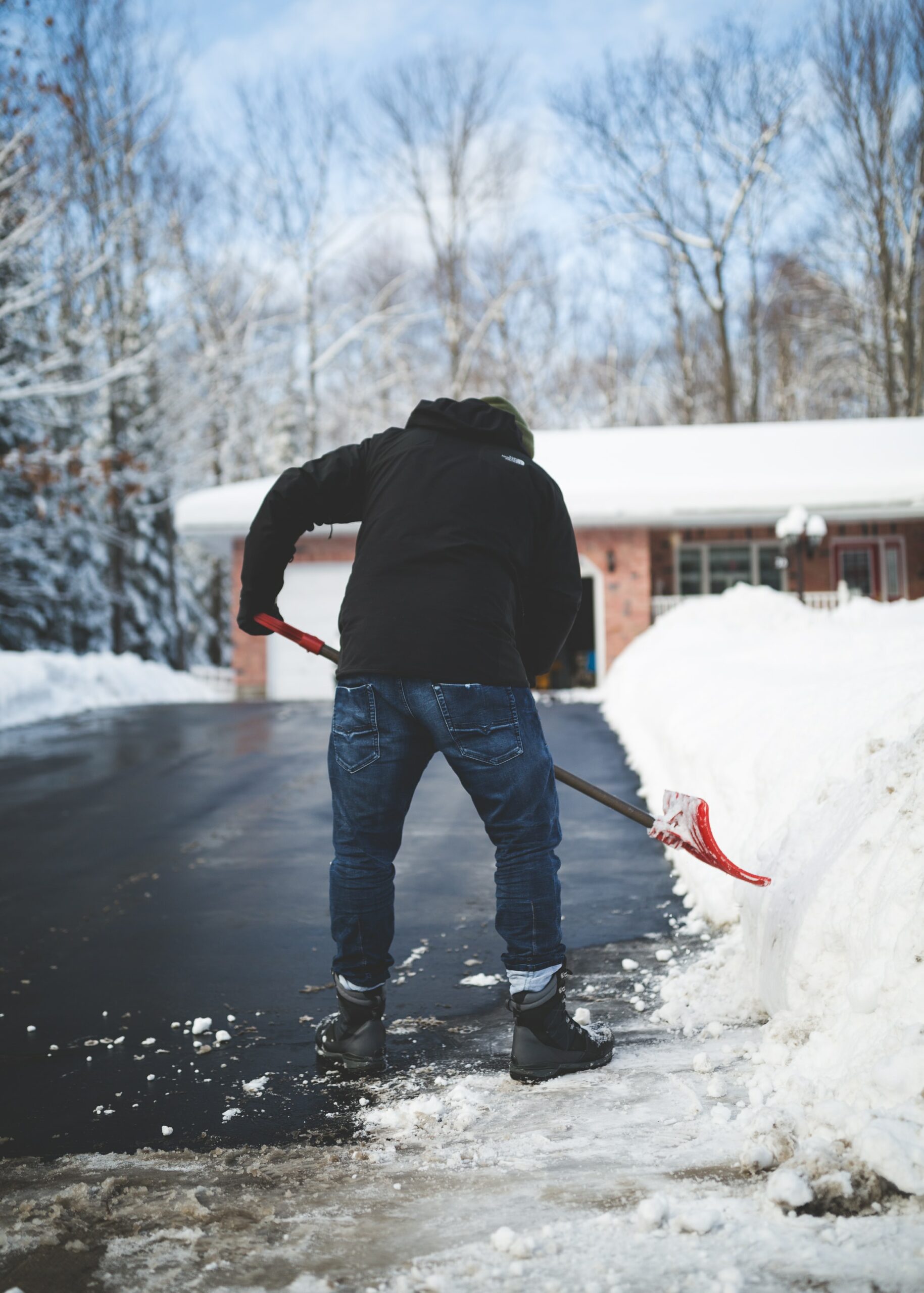The Health and Safety Executive (HSE) has busted some common health and safety myths that tend to circulate around the festive period.
Keen to dispel the many myths and misconceptions around health and safety law, guidance and standards, the HSE has identified a series of festive myths through media stories and reports from the public over the years, and has published these in order to set the record well and truly straight.
On its website, the HSE says that health and safety is often wrongly cited at Christmas in order to prevent “pretty harmless activities from going ahead.”
The watchdog says that people misunderstanding health and safety requirements can often “needlessly ruin the festive spirit” but they are more concerned that “it also trivialises the true purpose of health and safety: protecting people from real risks […].”
Some of the top festive myths previously published by the HSE in the run up to Christmas include:
- Workers are not allowed to put up Christmas decorations in the office
An extremely ‘bah humbug’ inducing rule, with absolutely no basis in health and safety law.
 The HSE is tired of this Christmas tale, saying: “Each year we hear of companies banning their workers from putting up Christmas decorations in their offices for ‘health and safety reasons,’ or requiring the work to be done by a ‘qualified’ person.”
The HSE is tired of this Christmas tale, saying: “Each year we hear of companies banning their workers from putting up Christmas decorations in their offices for ‘health and safety reasons,’ or requiring the work to be done by a ‘qualified’ person.”
In reality, they say, most organisations, including the HSE themselves and many local councils up and down the country, manage to add festive cheer to their workplaces with some Christmas decorations without any mishaps. All that’s required, clarifies the watchdog, is for organisations to “sensibly provide their staff with suitable step ladders to put up decorations rather than expecting staff to balance on wheelie chairs.”
Another, related myth is that traditional Christmas trees in shopping centres or other public spaces need to be scaled back or replaced with artificial ones due to ‘health and safety rules.’
The HSE suggests that the relatively higher cost of a traditional Christmas tree may be “one of the real reasons behind these decisions,” and clearly states that “health and safety laws exist to prevent people being seriously injured or made unwell at work, they are certainly not there to ‘cut down’ the festive spirit!”
- You need to PAT test indoor Christmas lights each year
 The HSE reveals many companies waste money because they incorrectly think they need to conduct annual portable appliance tests (PAT) on their Christmas lights, while others avoid putting them up at all due to this false belief.
The HSE reveals many companies waste money because they incorrectly think they need to conduct annual portable appliance tests (PAT) on their Christmas lights, while others avoid putting them up at all due to this false belief.
They have clarified that, with “a few sensible precautions, such as checks by the user for obvious signs of damage,” workplaces can confidently set their offices aglow!
- Carol singing poses a risk to health and safety
The HSE reports that it has repeatedly come across ‘health and safety’ guides published by insurance companies for carol singers, as well as parish councils requiring people to apply for a permit in order to take part in this festive tradition.
While it concedes that much of the advice, such as not singing in the road or avoiding carrying large amounts of cash, is “well-intentioned,” it confirms that it does not constitute “health and safety requirements,” and is instead just “simple common sense.”
Of course, this year, there are extra considerations around carol singing due to the risks from the coronavirus pandemic. These make it inadvisable to go door-to-door, singing carols, but many local authorities have suggested alternative ways people can join in this tradition without breaking Covid guidelines or raising the risk of transmission.
Basically, you can sing ‘Good King Wenceslas’ until your heart’s content, without worrying about being a safety hazard.
- Children are banned from throwing snowballs
 Another falsehood that crops up year after year.
Another falsehood that crops up year after year.
The HSE finds this myth particularly frustrating, arguing: “If we spend time on the trivial risks, there’s a chance we’ll miss the most important ones.
“We need to focus on finding ways for things to happen, not reasons to stop them – a sensible approach to managing risk focuses on practical action to tackle risks that cause real harm and suffering.”
- Don’t clear snow and ice from pavements yourself
This is another very commonly held belief.
 Once the winter weather starts to set in, many people will try to tell you that you are unable to clear snow and ice from pavements yourself and that, if you do, and someone is injured, you will be held accountable and could be sued for compensation.
Once the winter weather starts to set in, many people will try to tell you that you are unable to clear snow and ice from pavements yourself and that, if you do, and someone is injured, you will be held accountable and could be sued for compensation.
The HSE defers to HM Government to clear this one up.
Official advice clearly states that you are able to do this, reassuring concerned individuals that it’s very “unlikely that you’ll be sued or held responsible if someone is injured on a path or pavement if you’ve cleared it carefully.”
They simply advise that people follow these sensible steps:
- Clear any snow and ice early in the day as it is easier to move fresh, loose snow
- Do no use water to clear it, as it could refreeze and turn to black ice
- Use salt if you are able to, as it will melt the ice or snow and prevent it from refreezing overnight. Do not, however, take the salt from salting bins as this should be reserved to ensure that roads can be kept clear and safe. You can use ash or sand if you do not have enough salt as this will also provide grip underfoot.
- Pay extra attention to steps and steep pathways, using extra salt if possible
So, there you go, some of the top Christmas health and safety myths, well and truly busted.
As at all times of year, health and safety efforts should be focused on taking a sensible, proportionate approach to control or reduce real risks, to ensure that people can go home safe and well at the end of each working day.
First Response Training (FRT) is a leading national training provider. They deliver a wide range of high-quality training courses to over 70,000 learners annually, working with thousands of organisations and businesses across all sectors.
Their diverse portfolio includes training in the fields of health and safety, first aid, fire safety, food hygiene and safety, health and social care, early years and schools and other special focus topics.
Their health and safety range includes training for employees, managers and supervisors and they also offer externally approved options from bodies such as IOSH and Highfield Awarding Body for Compliance (HABC).
They can provide training in topics such as First Aid Awareness, Principles of Health and Safety, Manual Handling, Lone Working, Slips, Trips and Falls, Managing and Supervising Risk, Understanding Mental Health and Managing Stress in the Workplace, among many other topics.
A trainer from FRT says: “Health and safety really shouldn’t be seen as a burden; it does not need to be overly restrictive or bureaucratic, and it certainly isn’t anti-Christmas.
“Health and safety law is there to protect people from real harm and ensure workplaces can operate safely, effectively and productively. Health and safety is actually a real benefit to businesses and can help to reduce costs and downtime.
“Myths such as these are really damaging, as they portray health and safety rules as ‘out of control’ when they are really not; we have a great, proportionate health and safety system which enables us to boast one of the best workplace safety records in the world.
“Let’s focus on real hazard and risk, and on spreading the festive cheer, not hampering it.”
For more information on the training services that FRT can provide, please call them today on freephone 0800 310 2300, or send an e-mail to info@firstresponsetraining.com.
